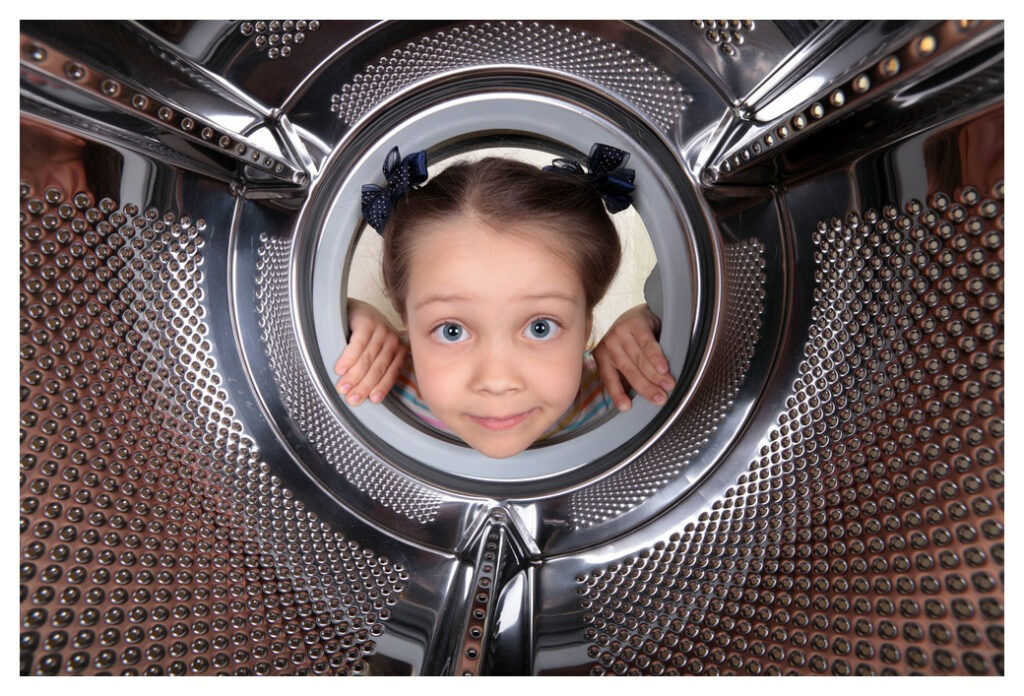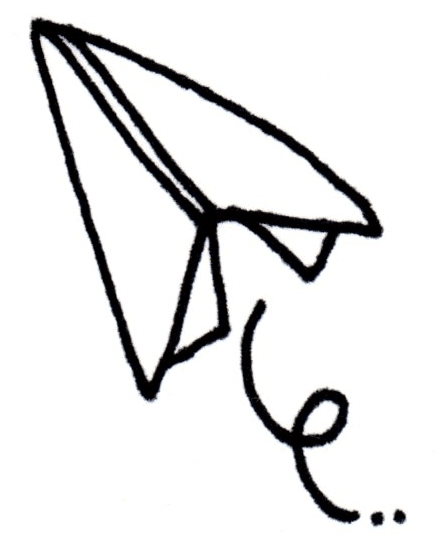Baby eczema tips: Washing machines and eczema laundry



If your baby is suffering from eczema you can end up asking a lot of your trusty washing machine: from getting rid of greasy eczema cream residues, to controlling house dust mites and germs, and making sure that clothes are irritant free. Most of us take our washing machines for granted. But do you know if your machine is up to the job? We look at the challenges that baby eczema raises for washing machines and how you can make sure that your machine is doing the job you need it to.
Baby eczema creams and washing machines
Emollients are the cornerstone for baby eczema treatment. By keeping the skin hydrated, the need for more aggressive, steroid based treatments can be minimised, or even avoided. However, greasy eczema creams get smeared over everything, especially when children are young and wriggly. Getting the residue of these creams out of clothing can be difficult. What isn’t so obvious is that over time these eczema creams, particularly the paraffin based ones, can damage the rubber seals inside your washing machine. And if you use a tumble-drier, residues can gradually block up the pipes inside that too. Worst of all, this damage may not be covered by your insurance company, especially it if happens more than once.
What can you do?
- If you can, give creams a couple of minutes to sink in before putting clothing on over the top.
- Turn greasy clothes inside out and use a hot wash. This gives the best chance of shifting build-ups of cream from clothing.
- For small cotton clothes, try my Gran’s trick of boiling them in a saucepan of water for 5-10 mins before washing them as normal. The grease should melt out and form a scum over the surface of the boiling water. If soap or detergents aren’t a trigger for your baby’s eczema you can also add either of these to help disperse the grease quickly. Be warned, the heat can shrink clothes slightly. However, if you buy big and expect some shrinkage this shouldn’t be a problem.
- Run your washing machine empty on the hottest wash with plenty of detergent to shift any greasy, eczema cream build ups. Doing this every 2-3 weeks should keep the rubber seals damage free for longer. Washing machine manufacturers refer to this as a service wash. If you can’t bear to run the machine empty, fill it with towels or bedding. Some machine will automatically remind you to do this.
- If possible, try not to tumble dry items that still have hard-to-shift greasy residues.

Infected baby eczema: Germs and the hot wash
Infection is a common complication for baby eczema suffers. Making sure clothes are properly clean between wearings reduces the chance of re-infection. But contrary to popular belief, washing at 60°C doesn’t kill all germs. In a Which? investigation Professor Bill Grant, emeritus professor of environmental microbiology at the University of Leicester, explained ‘Bacterial spores and some viruses are quite resistant to 60˚C. The major sanitising effect of the domestic wash is the removal, rather than destruction, of bacteria and viruses. Modern detergents work much better at low temperatures than years ago, when higher temperatures were necessary to achieve the same results.’
What can you do?
- Wash clothing as only hot as recommended by the maker but make sure it is rinsed thoroughly.
- If you baby’s eczema (and the clothing) can tolerate it, use a bleach based detergent as this is the most effective way to kill any remaining organisms.
- If you baby’s eczema is triggered by detergents soak the clothes in laundry bleach then wash with your regular laundry solution.
House dust mites and the 60˚ wash cycle
House dust mites are another common trigger for baby eczema and, unlike germs, can be reliably killed by a 60°C wash. However, to kill house dust mites effectively your washing machine needs to keep the water above 60°C for 20 minutes. A recent Which? investigation of 12 washing machines, all made by respected brands, found that none of the tested machines came even close to achieving this. The best performer kept the water temperature above 60°C for just 3 minutes while the worst performer only reached a maximum temperature of 43°C. In fact, only 4 of the machines tested even reached 60°C. Even more surprisingly, the manufacturers aren’t breaking any laws in doing this.
What can you do?
- Use the 90°C wash for bedding to get the best chance of keeping the water over 60°C for 20 minutes
- Soak clothes and bedding for 30 minutes a solution of water and eucalyptus oil (1 part oil to 120 parts water) before using a regular 40°C wash cycle. This has been shown to kill the house dust mites. However, the eucalyptus smell may linger for 2 to 3 days.
Detergent build-ups in your laundry
One of the reasons that fresh laundry can feel crisp and stiff is the build up of detergents in the fabrics. And to keep clothes comfortable we often add even more chemicals in the shape of fabric softeners. Like most UK manufacturers, we ensure that all our products comply with the Oekotex 100 chemical irritant guidelines. Amazingly, washing new clothing according to the detergent manufacturer’s instructions can leave enough detergent residue for them to fail Oekotex 100. Studies have also shown that detergent residues can make up as much as 2% of the weight of regularly laundered clothing – that’s a lot of detergent being held next to sensitive skin.
What can you do?
- Halve the amount of detergent you use in regular wash loads – you really won’t notice the difference in most loads.
- Add an extra rinse cycle to rinse out as much detergent as possible.
- Consider using a detergent-free washing powder. We love the Skin Salve laundry powder, you only need a tiny amount and the clothes are just as clean and noticeably softer. Our 3 year old now refuses to wear ‘crispy’ t-shirts washed in regular detergent.
- If you washing machine has an economy setting, check what this setting does to the rinse cycle as it may reduce the duration or temperature, both of which can increase residues.
- If you live in a hard water area, you might want to consider installing a water softener to reduce the amount of detergent you need in the first place.
Here at ScratchSleeves, we don’t just share our experiences of bringing up an eczema child and favourite allergy-friendly recipes, we also manufacture and sell our unique stay-on scratch mitts and PJs for itchy babies, toddlers and children. We now stock sizes from 0-adult years in a range of colours. Visit our webshop to see our range of eczema friendly clothing for babies, children and adults.
The Calm Skin Guide
Love our blog? It's also available in book format with:
- First hand accounts from parents & medical professionals
- Easy navigation
- Comprehensive index
- Additional material
Signed copies available at no extra cost
Written by:
Interesting article? Don't keep it to yourself...
Read next...
You may also find helpful...
Quick buy


Multi Buy Discount

Spend between £30 - £60 and save 5%
Spend between £60 - £120 and save 10%
Spend over £120 and save 15%
Discount automatically applied at checkout
No Quibbles Guarantee

ScratchSleeves abide by a no quibbles guarantee.
Free UK Postage

Free packing and postage on all UK orders. For overseas orders to Europe postage is from £3.50, to USA is £6.50 and to the rest of the world, from £3.75.






